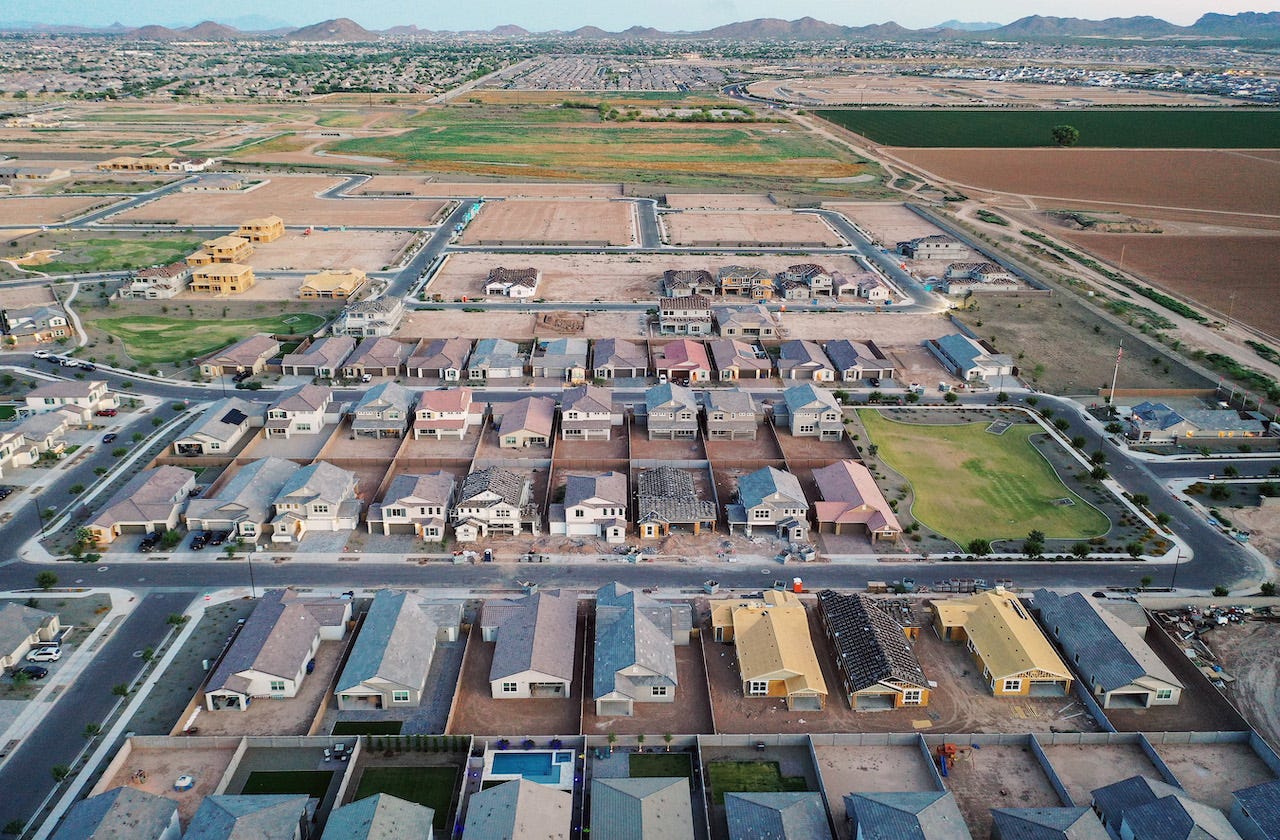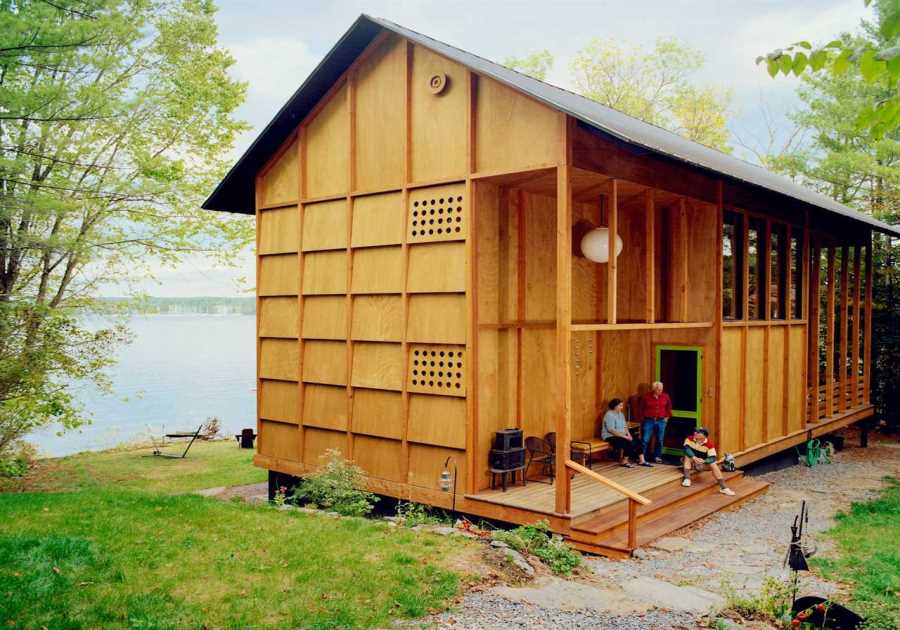
Mario Tama/Getty Images
- The rate of suburban poverty rose three times faster than urban poverty between 2019 and 2022.
- Suburbs in major metros in the South, West, and Midwest saw some of the biggest jumps in poverty.
- The skyrocketing cost of housing in major cities is one factor pushing lower-income people out of cities.
Poverty has been on the rise in American suburbs for the last two decades. But the pandemic has accelerated the trend of suburban poverty rising at a faster rate than urban poverty, according to new US Census data.
The number of people living in poverty in the US grew by about 1.5 million to a total of almost 41 million between 2019 and 2022, bringing the rate of poverty to 12.6% nationwide, up from 12.3% in 2019, according to the Census Bureau's most recent American Community Survey. The population living in poverty grew three times as fast in major metro suburbs as it did in major cities between 2019 and 2022, the Brookings Institution found in a new report. More than 60% of the growth in poverty across the country occurred in the suburbs.
A plurality of Americans call the country's increasingly diverse suburbs home. Nearly half of people in the US — 47% — live in suburbs, 21% live in major cities with over 500,000 residents, 18% live in small and medium-sized metro areas, and 14% live in rural areas.
Suburban communities in major metro areas in the South, West, and Midwest, including Washington, DC, Houston, San Francisco, Ogden, Utah, St. Louis, and Minneapolis-Saint Paul, saw some of the biggest jumps in poverty over the last few years, Brookings found. No suburban community in a major metro area saw its poor population decline between 2019 and 2022, but some saw an influx in new residents living above the poverty line, which brought their poverty rates down.
But suburbs still count among the wealthiest communities in the country. While the rate of poverty is rising faster in suburbs than in cities overall, cities still have a higher per capita poverty rate on average. In 2022, 9.6% of suburban dwellers lived in poverty, while 16.2% of residents of major cities were poor, Brookings noted.
The shift in the geography of poverty in the US is a result of a variety of factors, including rising housing costs in urban areas. More upwardly mobile and affluent people have moved into cities over the last two decades, helping bid up rents and home prices, which has fueled an affordability crisis in cities across the country.
Over the last few years, housing costs have shot up even more, pushing many lower-income people out into the suburbs. Suburban communities have also grown and attracted a more diverse population in recent years, and jobs — including low-wage employment — have increasingly moved outside urban cores.
The rise in suburban poverty poses a challenge for many suburban areas that don't have particularly robust mass transit systems, lack a strong network of non-profit groups assisting low-income folks, and don't have well-funded social services.
Read More
By: [email protected] (Eliza Relman)
Title: Poverty is rising faster in American suburbs as lower-income people are pushed out of big cities
Sourced From: www.businessinsider.com/suburban-areas-poverty-rising-faster-than-cities-post-pandemic-2023-10
Published Date: Thu, 19 Oct 2023 10:02:01 +0000
Did you miss our previous article...
https://trendinginbusiness.business/politcal/harlan-crow-the-gop-megadonor-and-pal-to-clarence-thomas-maxed-out-his-campaign-donation-to-a-selfdescribed-nonmarxist-socialist-trying-to-defeat-joe-biden
.png)





